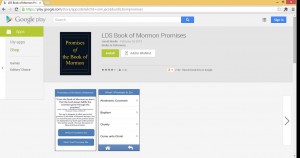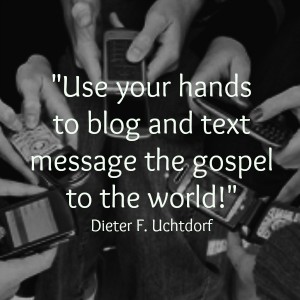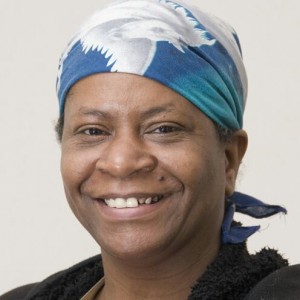
BYU student Jacob Burdis created an app that has seen more than 20,000 downloads, received a 4.5 star rating and is the sixth search result for “Book of Mormon.”
Burdis thought of the idea for his LDS Book of Mormon Promises app while serving his mission.
“I was studying ‘hope’ in Preach My Gospel, and there is a quote that says, ‘Hope is an abiding trust that the Lord will fulfill his promises that he has made to you,'” Burdis said. “One day I thought, if I want to have more hope, I need to better know what those promises are.”
After returning home from his mission, Burdis decided he should do something with all of the promises he found.
“My Instruction Psychology and Technology 560 class teaches students how to program. For the project for this class, I decided to take the bank of scriptural promises that I had gathered together and put them into an app.”
BYU students like Burdis are starting to use more nontraditional methods to share the gospel.
As a part of hastening the work of salvation, Elder Neil L. Andersen said there are many new ways to invite others to “come and see” the gospel of Jesus Christ.
“Let’s make sharing our faith online more a part of our daily life,” Elder Andersen said. “LDS.org, Mormon.org, Facebook, Twitter — provide opportunities.”
Robert Walz, a BYU communications professor, decided this semester he was going to add more of a gospel touch to his COMMS 101 class.
“In addition to teaching all of the theories and principles of mass communication, I divided the class into eight social media platforms, and their assignment was to research that platform to see how it could be used as a missionary tool,” he said.
Walz’s idea of having his students set up a few booths one night is not exactly what BYU administration had in mind.
“The administrative group came to me and said, ‘Bro. Walz, we would like to make this event bigger,'” Walz said. “We think it should be a Family Home Evening night and invite all 25 of the YSA stakes.”

The LDS Share Expo had Walz’s students at their respective social media booths ready to teach attendees how to share the gospel. Nick Pericle, a statistical science major, enjoyed how interactive the evening was.
“It was informative going to each booth and participating in the activities,” Pericle said. “What I enjoyed most was getting out my iPhone at each booth and sharing the gospel right there on the spot.”
Missionaries from the Referral Center Mission were also present. Elder Heslop said social media is more than just for chatting with family and friends.
“I sincerely believe that we have social media for exactly this purpose, for missionary work,” Heslop said. “We really want to help members of the Utah County area to share the gospel online and have them ultimately meet with that person on a social media channel, or get them in contact with local missionaries.”
BYU students and missionaries are working together to share the gospel online. Gideon Burton, a BYU English professor, told the Salt Lake Tribune that online missionaries outperform traditional proselytizers.
“Whereas traditional Mormon missionaries convert, on average, six people during their 18- to 24-month service, the online apostles in Provo have averaged around 30 converts per missionary per year,” Burton said. “Ninety-five percent of the Internet converts ‘have kept active, a retention rate more than triple the norm.'”
Jacob Egan, a junior majoring in finance, said sharing the gospel doesn’t have to be hard.
“I generally either share a Mormon Message or a quick testimony on my news feed,” Egan said. “I do it because most of my friends that aren’t LDS live outside of Utah, and I feel like they would be more susceptible to learn something about the church via Facebook than if a missionary were to physically knock on their door.”
Sambala Barrow began her journey to becoming a member of The Church of Jesus Christ of Latter-day Saints by visiting a page on Facebook. Before long, she became a regular visitor and began liking the promises that were shared. Burdis realized Barrow wasn’t a member.

Burdis encouraged her to go to church, which she did. He encouraged her to meet with local missionaries, which she did. Burdis invited her to go to General Conference; she did and enjoyed the Mormon Tabernacle Choir. A month later, Burdis received an invitation to Barrow’s baptism.
Burdis said the future of missionary work isn’t going to change dramatically over the next few years.
“The principles behind sharing the gospel are the same, independent of if you are doing it with technology or not,” Burdis said. “In the future, I think we will see a lot more people being open to taking discussions through Skype, through Google Chat, etc., because they are not as comfortable as meeting face to face.”




